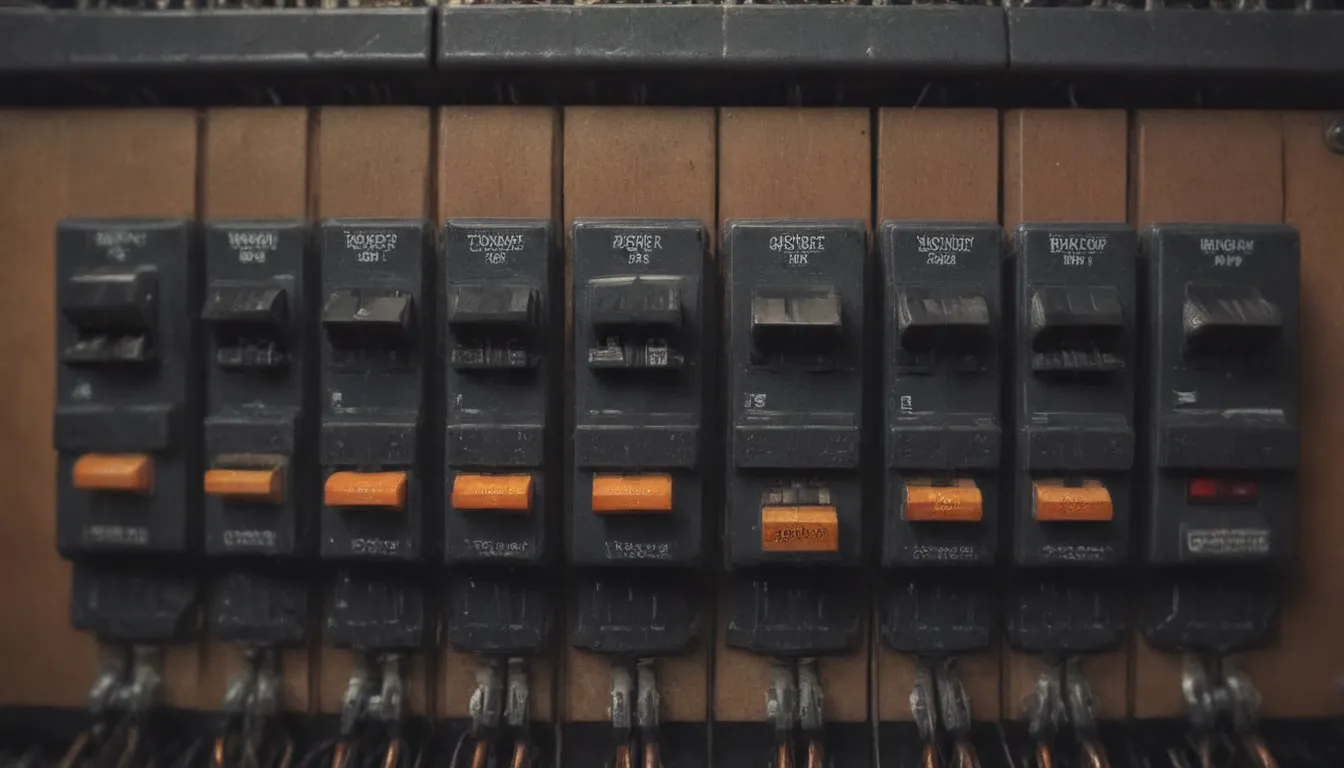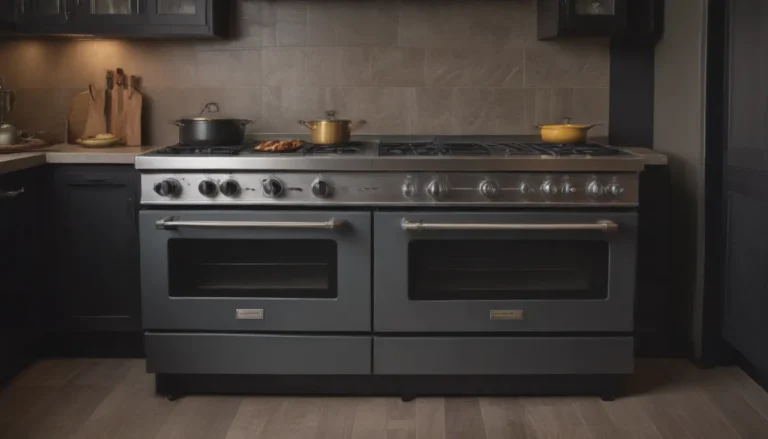Understanding the Versatile Tandem Circuit Breaker

When it comes to circuit breakers, there are several options available to suit the specific needs of your electrical system. From standard single-pole breakers to double-pole breakers for larger appliances, each type serves a unique purpose. However, one lesser-known but highly useful option is the tandem circuit breaker.
Identifying a Tandem Breaker
Tandem circuit breakers are designed to allow two 120-volt circuits to be accommodated within a single slot in the breaker box. This can be incredibly handy in situations where space is limited, and additional slots are not available. These breakers are characterized by a single plastic body, similar in size to a regular 120-volt breaker, with two breaker levers on the face that operate separate circuits.
Internally, tandem breakers have separate mechanisms to control and protect individual circuits. In the event of an overload, only one of the handles will trip to the off position, indicating which circuit has been affected. However, it’s essential to note that not all breaker panels are compatible with tandem breakers. It’s crucial to consult with your local electrical inspector to determine if tandem breakers are allowed in your specific setup and how many are permitted.
In most cases, when a panel is already at full capacity, a limited number of tandem breakers may be allowed. However, in new construction, tandem breakers may not be permitted at all. It’s essential to differentiate between tandem breakers and slimline breakers, which are narrow-bodied breakers that can be slotted side-by-side in a single slot, providing a similar two-circuit setup.
Limitations of Tandem Breakers
While tandem breakers offer a practical solution for maximizing space in a breaker box, they do come with limitations. One significant restriction is their inability to accommodate a single three-wire cable to feed both circuits. In instances where two hot wires feed separate circuits using a common neutral wire, tandem breakers are not suitable as the hot wires must be connected to different hot bus bars, which is not possible with tandem breakers.
Another limitation of tandem breakers is their ability to withstand heat. With two circuits enclosed in the same frame, each wire can heat the breaker under load. As a result, tandem breakers may not be as efficient in dissipating heat as standard single circuit breakers.
No AFCI or GFCI Option
While tandem breakers may find their place in older breaker panels with space constraints, they are rarely used in new construction due to requirements for AFCI (arc-fault circuit interrupter) protection. AFCI protection is typically provided by special AFCI circuit breakers, which are not available in tandem styles. Similarly, tandem breakers do not come in GFCI (ground-fault circuit interrupter) models.
In situations where a circuit requires AFCI and/or GFCI protection, the only option is a standard circuit breaker. Electricians are mandated by law to install the necessary AFCI and GFCI protection as per current code requirements, which may involve replacing tandem breakers with the appropriate AFCI circuit breakers. This could potentially lead to significant changes in the electrical system, such as the installation of a subpanel or a new main service panel.
In conclusion, while tandem circuit breakers offer a convenient way to maximize space in a breaker box, it’s essential to be aware of their limitations and compatibility with specific electrical requirements. By understanding the uses and constraints of tandem breakers, you can make informed decisions when it comes to your electrical system’s safety and efficiency.





